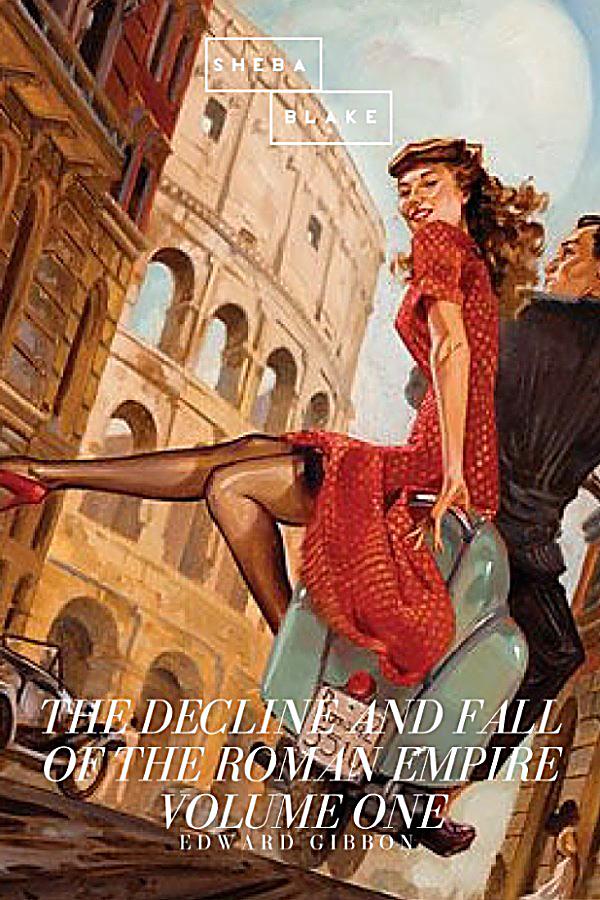

The material ruin of Rome, he believed, was the result and emblem of moral degeneration. Gibbon saw the Roman Empire as a unified entity in irreversible decay from the ideals of political and intellectual liberty he had read in ancient literature.

The first half spans over 300 years, ending at 480 CE with the collapse of the Western Roman Empire the second half spans nearly 1,000 years.

The Decline and Fall is separated into two sections, each of which is equal in size but treated differently. It is recognised by its profound study, historical perspective, and exquisite literary style, and spans the period from the 2nd century CE until the fall of Constantinople in 1453. This led to Gibbon being called the first "modern historian of ancient Rome".The Roman Empire’s Decline and Fall, in its entirety Edward Gibbon’s historical masterpiece The History of the Decline and Fall of the Roman Empire was published in six volumes between 17. Because of its relative objectivity and heavy use of primary sources, unusual at the time, its methodology became a model for later historians. The work covers the history of the Roman Empire, Europe, and the Catholic Church from 98 to 1590 and discusses the decline of the Roman Empire in the East and West.

The original volumes were published in quarto sections, a common publishing practice of the time. Volumes II and III were published in 1781 volumes IV, V, and VI in 1788–89. Volume I was published in 1776 and went through six printings. The History of the Decline and Fall of the Roman Empire (sometimes shortened to Decline and Fall of the Roman Empire) is a book of history written by the English historian Edward Gibbon, which traces the trajectory of Western civilization (as well as the Islamic and Mongolian conquests) from the height of the Roman Empire to the fall of Byzantium.


 0 kommentar(er)
0 kommentar(er)
